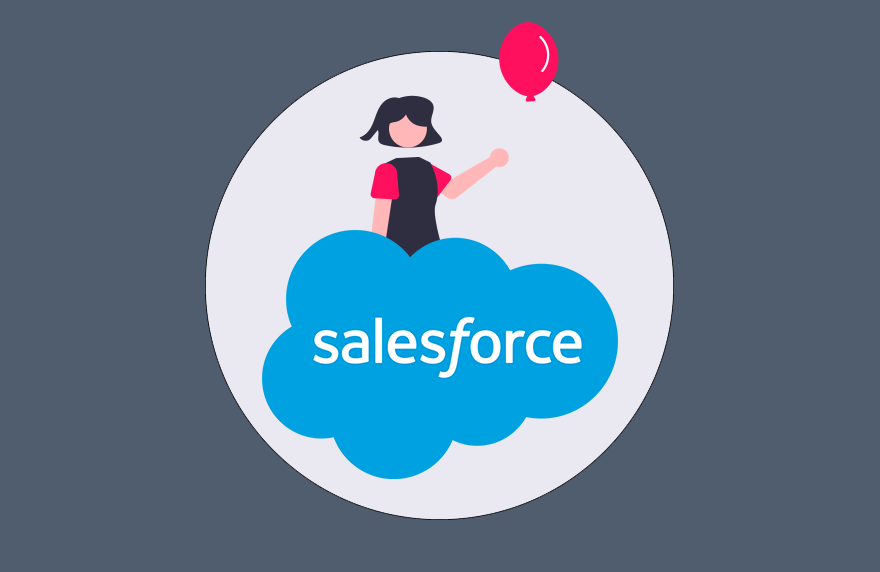If there’s one thing we like to preach about in marketing, it’s audience. Knowing who your audience is, keeping them happy, finding new people to join you. After all, companies are made and broken by their ability to market to select groups of people. But what happens when certain audiences are overlooked by many brands?
2016 research from Lloyds Banking Group showed only 19% of people represented in ads were from minority groups, and digging further into this, only 0.06% of those portrayed were from the LGBT community or disabled. To take one such group, a 2013 Guardian article put ethnic minority purchasing power at more than £300bn, and with consumers finding their voices now more than ever thanks to social media, we are all becoming increasingly aware of companies that are inclusive, and more importantly, those that aren’t.
It can be easy to forget about particular groups if you find yourself in a position of privilege. But just because you’re not thinking about these people in your marketing, it doesn’t mean they aren’t taking notice of what you do, and then turning off because of it.
Let’s look at some examples where brands are actively engaging with audiences that are often overlooked.
Monzo: Banking without barriers
Banks have long been viewed as traditional institutions when it comes to marketing, and have a reputation for being slow to modernise. But mobile-based “new bank” Monzo is changing that, with its powerful mission statement that reads: “Helping people become a part of financial society will have a profound and lasting impact for generations to come and we want to play a key role in that going forward.”
According to the Financial Inclusion Commission’s 2015 report: “Two million adult Britons don’t have a bank account”. While this could be for several reasons, one worth pointing out is traditional banks’ requirement to provide proof of address. Groups such as immigrants and refugees, all the way to people living on boats, can often fall at this first hurdle. And when we think about the impact of not having a bank account – difficulty securing new employment with nowhere to deposit your wages, difficulty securing a home with no bank account to pay rent with – it’s not hard to see how this can have a monumental effect.
Monzo has utilised a series of financial inclusion blog posts to explain the work it’s doing to make it easier for people to open bank accounts where other financial institutions would turn them away. By committing to speaking to customers clearly, and by targeting groups of people who would otherwise be denied a simple current account, not only does Monzo stop overlooking a valuable audience, but it also improves opinion in the eyes of those who care that Monzo cares.
Ultimately, Monzo’s core belief of ‘making money work for everyone’ is delivering, not just to its customers but to its bottom line. With a £1 billion valuation at its funding round in October 2018, and an estimated 20,000 new customers signing up for Monzo every week, Monzo now makes up 15% of all new current account openings in the UK.
Slow Shopping: Exclusively inclusive
Shopping can be a stressful time for most people, but for those with disabilities such as autism, the whole experience can be unimaginably difficult. Enter Slow Shopping. Various shops, including those in Southgate in Bath (one of Edit’s homes!), are becoming part of this movement that aims to “provide a safe space and time to think for all who need it as well as their carers and families”.
It is estimated 19% of the UK working population has a disability, and while not all of them may struggle with the traditional shopping experience, this figure is still high when considering what works for some doesn’t work for all. It is isolating to feel that shops don’t cater for you, or don’t value your custom enough to find a way to make things easier for you.
By opting into a scheme such as this, shops are showing that they care while also giving those in this group access to them as a brand of choice. As with any of us, shoppers are more likely to come back again and again where a tailored experience is provided over a generic one.
Smirnoff and River Island: Labels are for…
Several brands such as Smirnoff and River Island have used their platforms to show audiences don’t all look the same.
Smirnoff’s campaign, ‘Labels Are For Bottles’, worked with leading gender non-conforming and trans artists to promote openness and social inclusivity. Smirnoff’s research found 12% of millennials identified as ‘transgender or gender non-conforming’. By opening its advertising to incorporate an audience like this and matching it with environments where their audience can be found, such as night clubs, it allows Smirnoff to find new ways to include rather than exclude.
For its 2018 autumn-winter collection, River Island’s ‘Labels Are For Clothes’ campaign pushed inclusivity and diversity by showcasing its latest range using models of different race, body shape, and physical ability.
When you think about it, it seems absurd that more of these campaigns don’t exist across clothing brands given most of us wear clothes most of the time. But the stir this campaign caused on Twitter, with many praising River Island for being a “brand for everyone”, seems to suggest that what shouldn’t really be ground-breaking is, in fact, ground-breaking.
Key takeaways
- It’s easy to see the audiences that look like us as marketers. Find ways to look beyond those, such as diversifying your workforce or partnering up with agencies that can give a different perspective.
- Traditional approaches of reaching your audience won’t necessarily work across all groups. Mix things up and engage with customers across differing audience types to learn what would work for them.
- Data is your friend but is only helpful as far as the areas you choose to collect. Consider if there are additional or substitute data points that would help you understand your audience in more detail.
- Try something new. If you market to consumers the same way you always have, you’ll get what you’ve always got. Show those who have historically been left out of the conversation you’re worth engaging with now.








